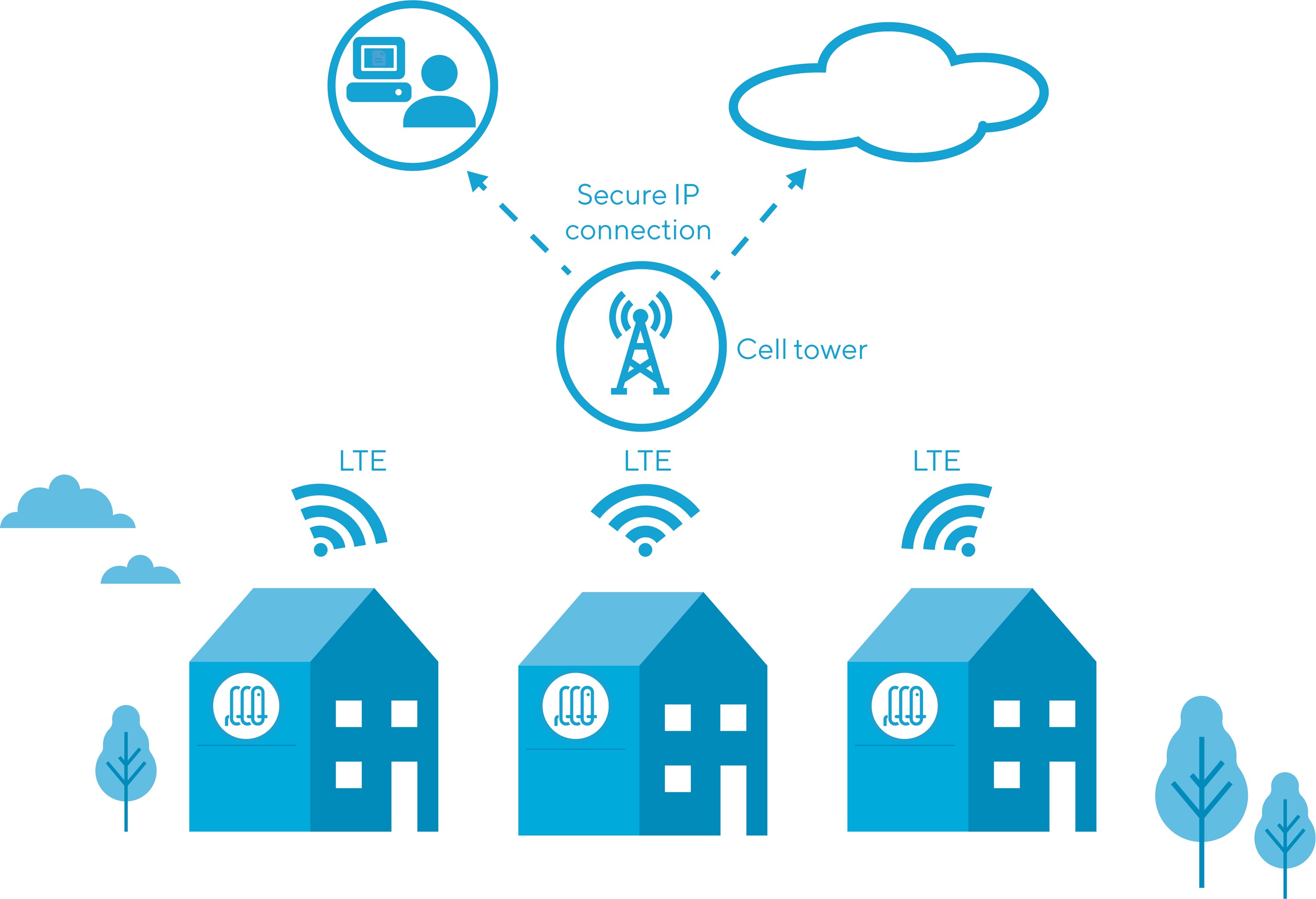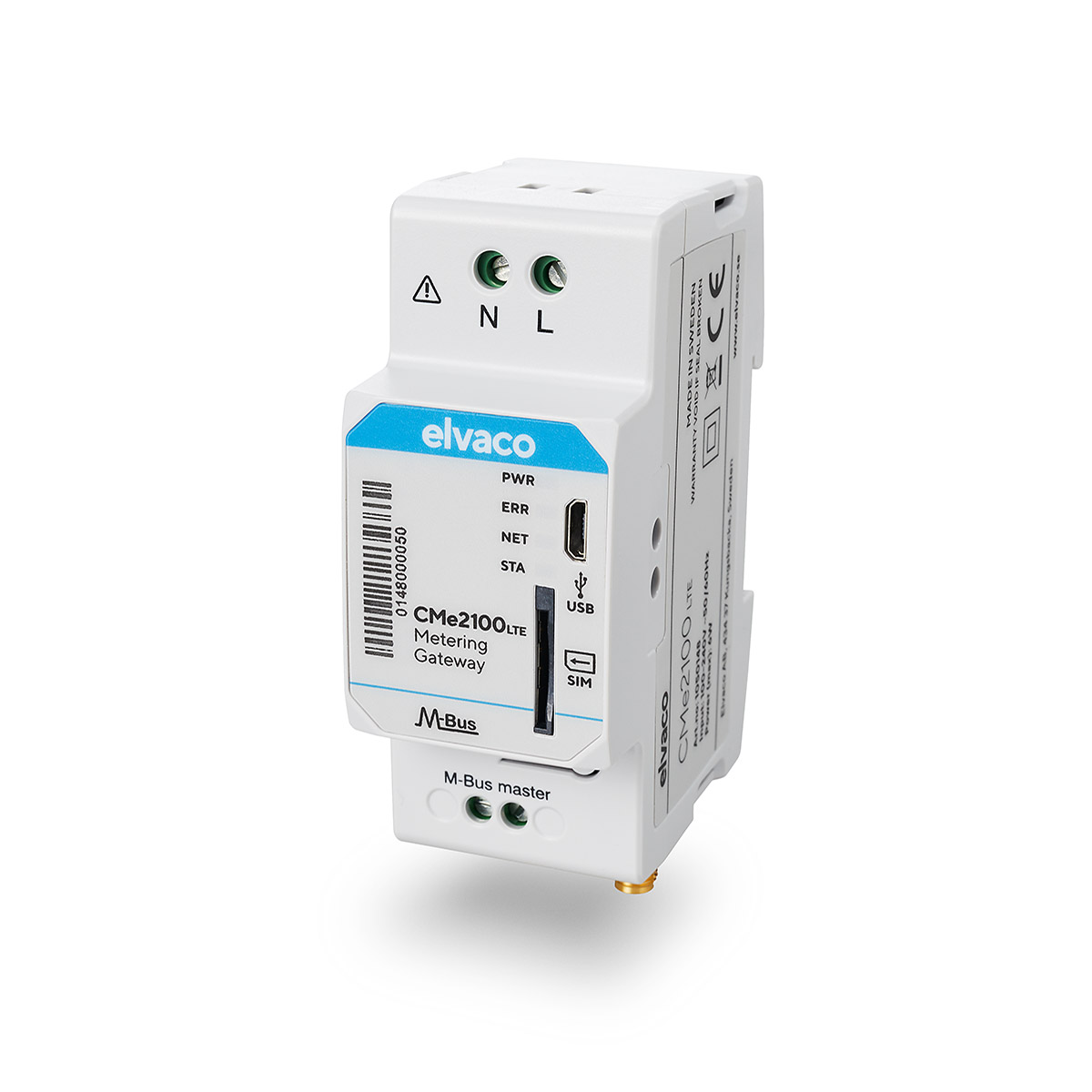LTE
LTE stands for Long Term Evolution and is a mobile radio communication technique operating in the licensed frequency band.
LTE is a very well-known and widely adopted standard for high capacity radio communication in mobile telecommunication networks. It is used in a vast range of devices such as mobile phones and broadband routers for offices.


Standard and compatibility
LTE (Long Term Evolution) is a standard developed by 3GPP, an umbrella organization working with standardization for mobile telecommunication networks. It was a result of a project developed to further expand the mobile standard UMTS to offer increased bandwidth and an easier technique for mobile broadband applications. The first version was included in 3GPP Release 8 and at that time it did not really fulfil the requirements of being a true 4G technology. It has then been further developed with the introduction of LTE-Advanced in 2011.The LTE technology essentially provides a high capacity radio connection to internet that can serve demanding applications such as video and streaming and large data transfers. And just like for any network connected computer, there is no limitations around what protocols that may be used for different purposes and applications.
Technical performance
The main advantage with using LTE is the bandwidth. It is still the fastest most commercially spread technology for data communication in mobile telecommunication networks. This capacity comes with a higher price point and power consumption, making it unsuitable for battery operated devices that requires long lifetime (years).
As with all telecommunication radio technologies, LTE performance is dependent on the overall quality and capacity of the service provider and damping of the signal caused by physical objects between sender and receiver. Compared to NB-IoT, LTE has significantly lower penetration (ability to pass through physical objects). As most European mobile phones use LTE, service providers coverage and the technology’s ability for indoor penetration is usually quite well understood among the public.
Suitable applications
Considering technology price point and power consumption, LTE is mainly suitable for gateway products. That is products enabling a network interface to several other products which could be for example meters and sensors. It is important to also include the network provider in the equation when looking at suitableness to assure that service level is adequate, especially in more rural areas.



 Subscribe to our newsletter
Subscribe to our newsletter